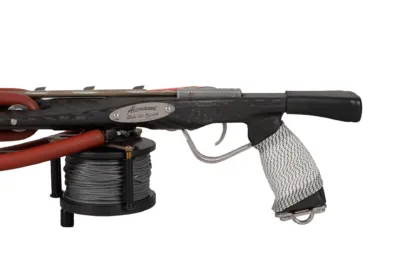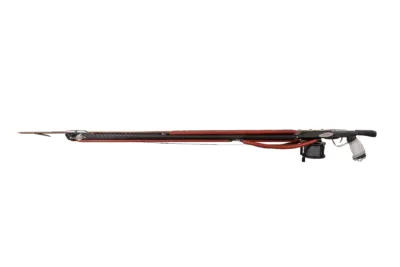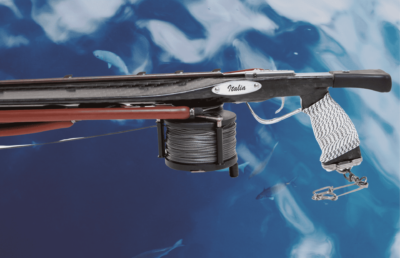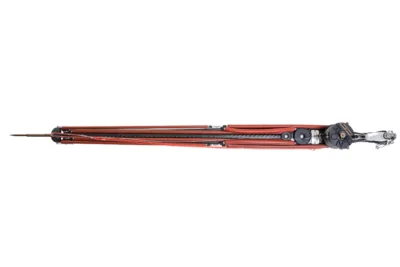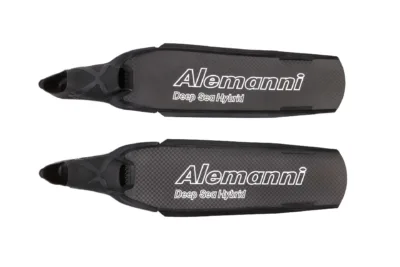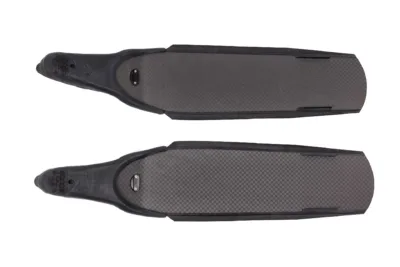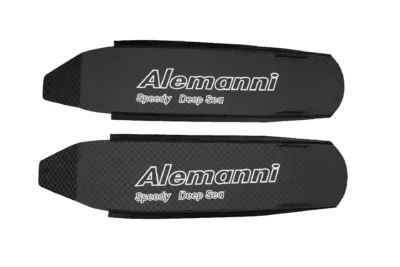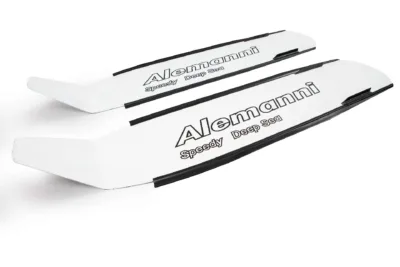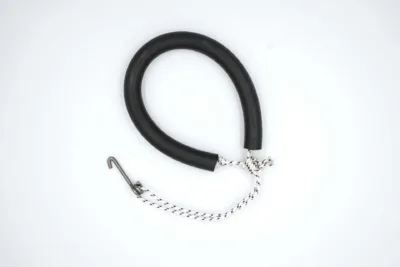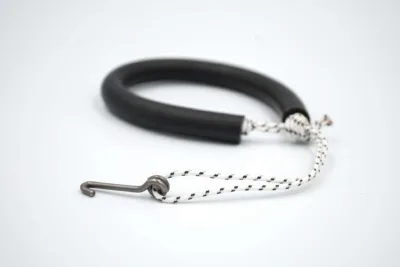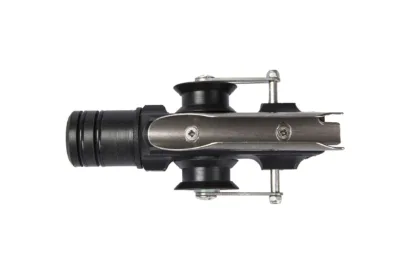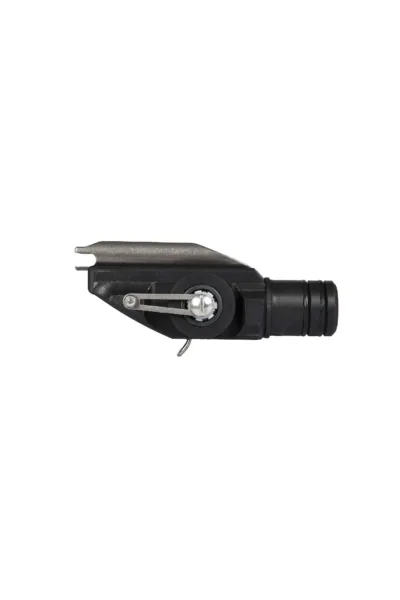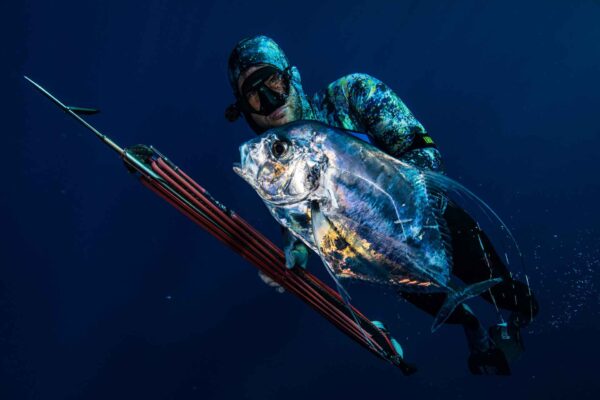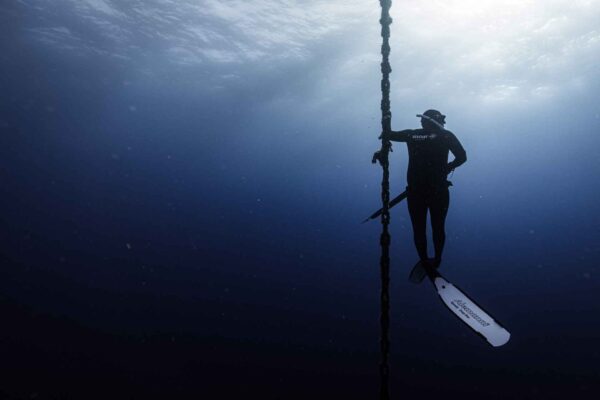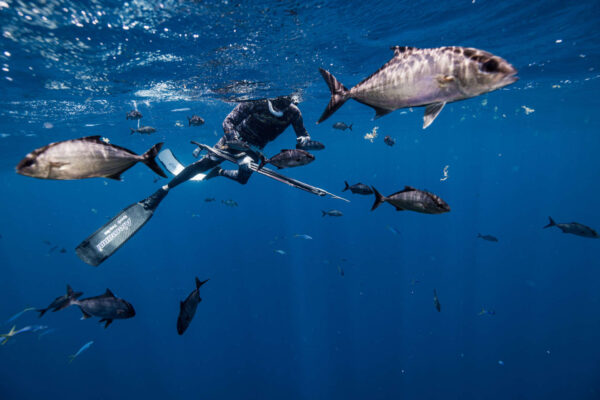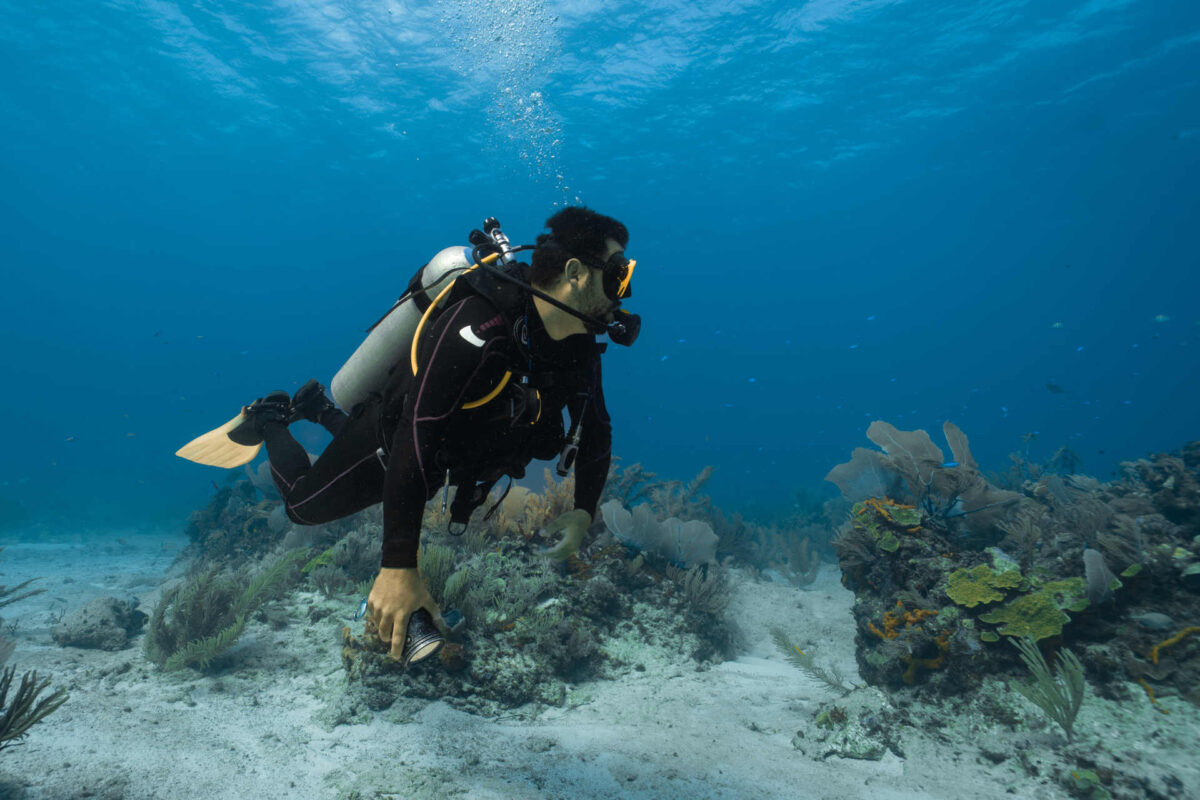Underwater fishing techniques
Types of scuba diving: what they are and how to deal with them
Types of scuba diving: what they are and how to deal with them
Le scuba diving they are a very ancient practice: the philosopher Aristotle in the XNUMXth century BC referred to the use of immersing himself in water, and it is said that Alexander the Great dedicated himself to scuba diving using an air bag made of sheepskin and gut.
Today the world of diving is extremely varied: the testimonies of the ancient world are the subject of underwater archaeology, and over the centuries particular details have been refined diving techniques to visit and photograph wrecks, to study marine species and to delve into the darkness of underwater caves.
THEa, in this sense, is a world apart: the oldest diving technique, as well as the only one allowed in sport fishing, involves courses and patents specific ones that attest to the freediver's abilities in terms of static apnea time and depth reached in dynamic mode with fins.
The types of scuba diving
Le diving they can be divided into different types, which change based on the question we are trying to answer. If you consider the purpose of diving, it can be said that there are three types of activities: sporting or recreational, technique (the one that works beyond the safety limits of sport diving) and professional.
If instead we start from the instrumentation used for underwater activity, we can identify thediving in apnea, the one with self-contained breathing apparatus and the one with surface supply, for almost exclusive use by industry.
However, if you want to know how to approach the world of diving firsthand, the most useful classification is the one that allows you to identify the different necessary courses and patents to be able to dedicate yourself to your favorite underwater activities. In fact, the patent depends on it maximum depth up to which it is possible to go safely.
What are the international diving patents?
The CMAS – Confederation Mondiale des Activites Subaquatiques recognizes different types of international diving licenses. Some of the best known, in the recreational and professional fields, are those released by the Italian Federation of Sport Fishing and Underwater Activities (FIPSAS extension), Scuba Schools International (SSI), Professional Association of Diving Instructors (PADI) and National Association of Underwater Instructors (NAUI).
Certificates issued by recognized organizations and diving centers must comply with the UNI-EN-ISO quality standards, and can generally be equated or converted to patents from other schools.
Scuba diving: certification levels and maximum depths
In order not to get lost in the comparisons between the different sub-patents recognized at an international level, you can refer to ISO levels, i.e. those indicated by the International Organization for Standardization.
The international standard for diving recognizes 5 levels:
- Non-independent diver (ISO 24801-1): these are tourist and introductory courses, such as the CMAS Intro To Scuba Experience certification or the Scuba Diver certification issued by the SSI. It allows you to descend to variable maximum depths between 10 and 12 meters and provides accompaniment;
- Independent diver (ISO 24801-2): corresponds to the CMAS One Star Diver patent and the 1st degree patent issued by FIPSAS. Here too the maximum depths are slightly variable: the FIPSAS patent and the SSI Open Water Diver allow you to reach 18 meters, the one provided by CMAS a 20 meters;
- Underwater guide (ISO 24801-3): corresponds to the CMAS third star, the 3rd degree certification issued by FIPSAS and the Dive Master certifications of SSI and PADI. Allows you to dive to a maximum depth of 40 42-meters and to guide certified divers in sport dives and within Diving Centers;
- First level instructor (ISO 24802-1): to become an assistant diving instructor, you must be able to demonstrate that you have participated in at least 25 dives as a guide;
- Second level instructor (ISO24802-2): according to the CMAS definition, a One Star Instructor is “a Three Star diver who knows diving techniques and is qualified to conduct and certify CMAS One Star Diver courses”.
Between one ISO level and another there are different ones intermediate patents: there is a big difference between being an autonomous diver and being able to lead groups of other divers, therefore the different schools offer courses and licenses able to express in a more precise (and safe) way the real skills of the diver.
Freediving and diving specialties: everything depends on the depth
The diving courses, it goes without saying, take place with self-contained air breathing apparatus (ARA). The free diving they are generally treated in ad hoc courses, in the swimming pool and in the open sea, for which the schools issue specific certifications such as the FIPSAS Federal Freediver certificates and the various one, two or three star CMAS Freediver certificates.
Then there are the different ones specialty, which are becoming the multifaceted soul of an ancient and increasingly loved discipline: from speleology tounderwater archeology, from deep dive to documentation underwater photos and videos. And there are the specializations, such as nitrox diving and competitive underwater sports that require special preparation (e.g. underwater rugby and target shooting).
There is no rule indicating the experience level necessary to face this or that type of immersion, even if the specialization courses have some Pre-requisites well-defined that help to get an idea. In essence, there is no "certified adequate level" either for sport fishing or for other underwater activities. In terms of patents, it all depends on depth that you want to achieve.


